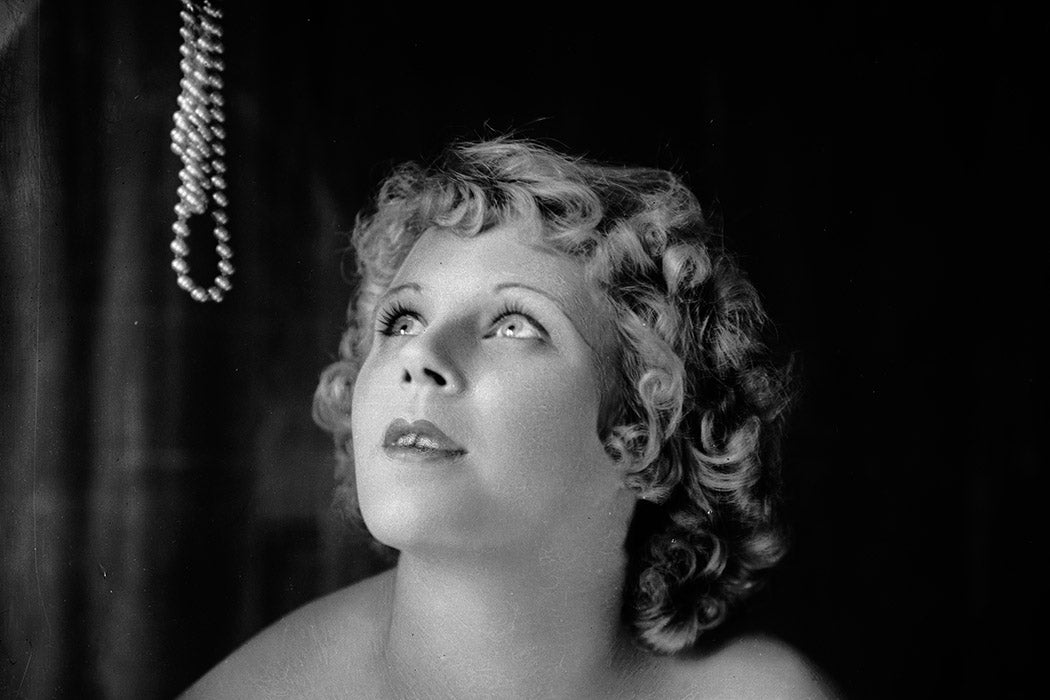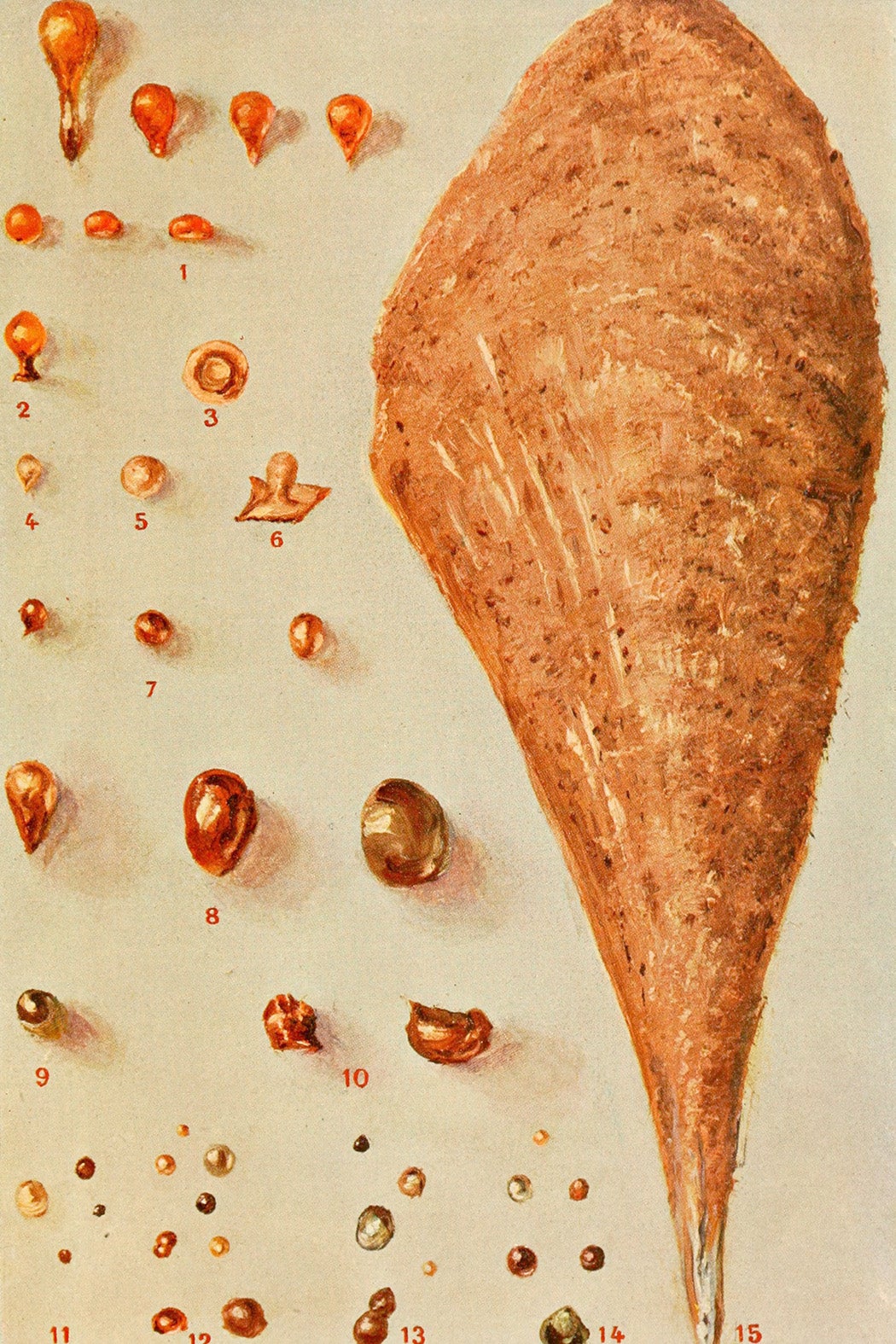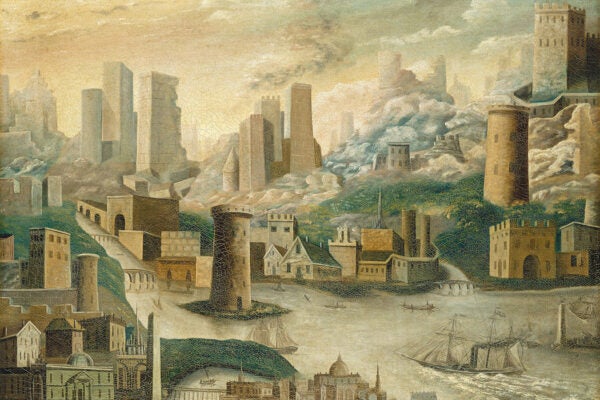Graduation and wedding season is upon us. In my family, a family of girls, that means pearls. Months ago, I opened the red leather case containing the set that belonged to my late mother. For the first time in a number of years I gazed at them, nestled in the soft suede lining. Even after so long tucked away on the top shelf of my closet, they seemed lit from within, almost alive. How my mother loved them. Not only were her pearls, a stunning thirty inch “opera length” strand, a thing of beauty and expense, and a sensual pleasure to wear, they were a class signifier, subtly announcing to the world that she and my father had “arrived.” In considering her strand of pearls, I found myself preoccupied, not for the first time, with their organic beauty, history, and complex, often contested, always changing, social meanings—as layered and variable as the nacre from which every pearl is formed.
Get Our Newsletter
Pearls have a long history
Archaeologists have excavated pearls, pierced and otherwise, from graves dating back as far as 5,000 BCE. For more than two thousand years, people have actively harvested or “fished” them, including in the Persian Gulf off the coast and islands around Bahrain. From there they were exported to cities all over India and China, as well as to Persia, Arabia, and Turkey. Well into the eighteenth century the pearling industry was the sole support of most Middle Eastern sheikhdoms; pearl fisheries and their associated markets scaffolded an emerging economy of luxury that reached its peak in early modern times, from roughly the fifteenth through the eighteenth centuries, when pearls were fished and traded the world across Asia, the Pacific, and the Americas.
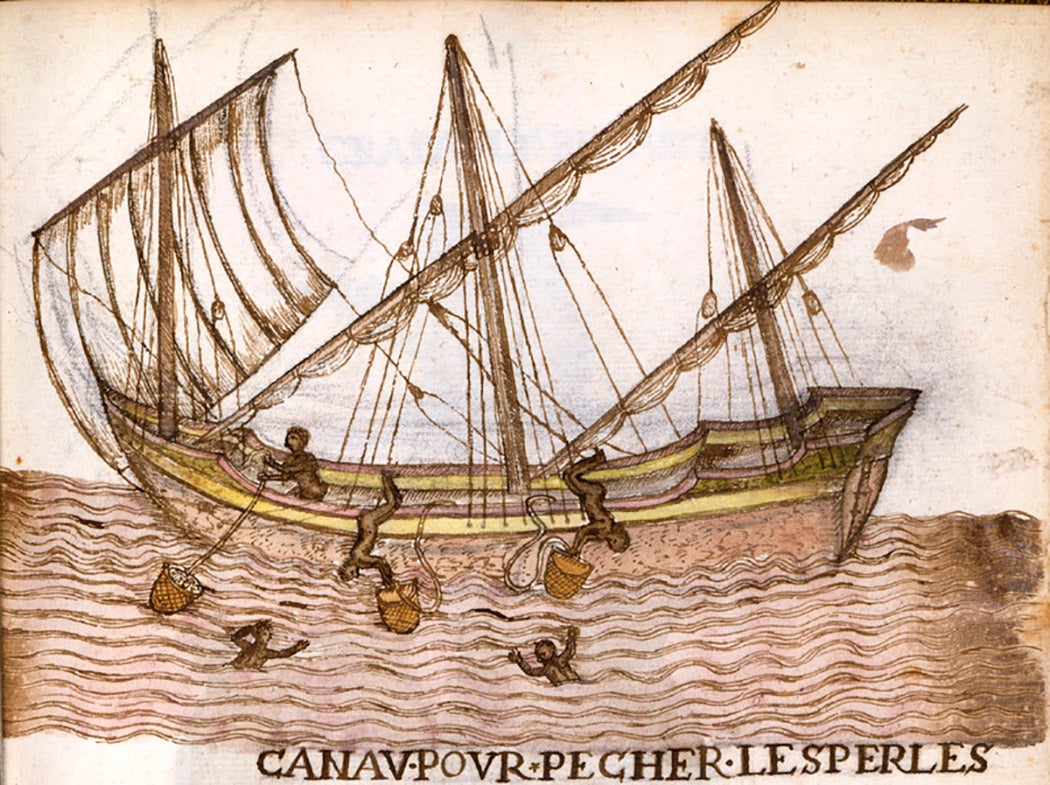
In this culture, conventional associations of pearls tell us they signify “a modest adherence to rules of understated feminine beauty. . . [and convey] an unassuming elegance to the woman who wears them, an air of unimpeachable and straightforward good taste,” says author Molly Warsh in her book, American Baroque. The true social history of pearls that Warsh illuminates, however, is not so straightforward or nearly as genteel, shaped as it has been by greed and the bottomless capacity for cruelty and exploitation that always seems to accompany it.
In the Americas, as with sugar, coffee, cotton, and other commodities, the pearl trade was built on the backs of dark-skinned African and Indigenous peoples. This was a colonial extraction machine in which those with the least power were forced or coerced into a grueling, dangerous vocation, in yet another iteration of that story. Besides the constant menace of sharks, octopuses, and other dangerous sea life, divers risked death by drowning or hypoxia. Those who survived were plagued with cramps, hypothermia, and open sores on their skin. The two industries—pearl harvesting and the slave trade—“were deeply intertwined from their earliest days,” says Warsh, a fact which highlights the convoluted inversion of categories of persons (i.e., sentient beings with biographies), and things (i.e., objects, commodities) that characterized both systems. Warsh argues, the “irregularity of pearls—their multiple shapes and sizes and the unpredictable appeal or use of any given one—underscored the related irregularity of subjects themselves.” In other words, pearls symbolized the social hierarchy, a rigid matrix in which people of differing sizes, shapes, origins, colors, and genders were supposed to remain fixed in social space, and were differentially valued according to superficial characteristics. In fact, pearls were often thought of, and treated, as more highly individuated beings than the exploited and enslaved persons who harvested them.
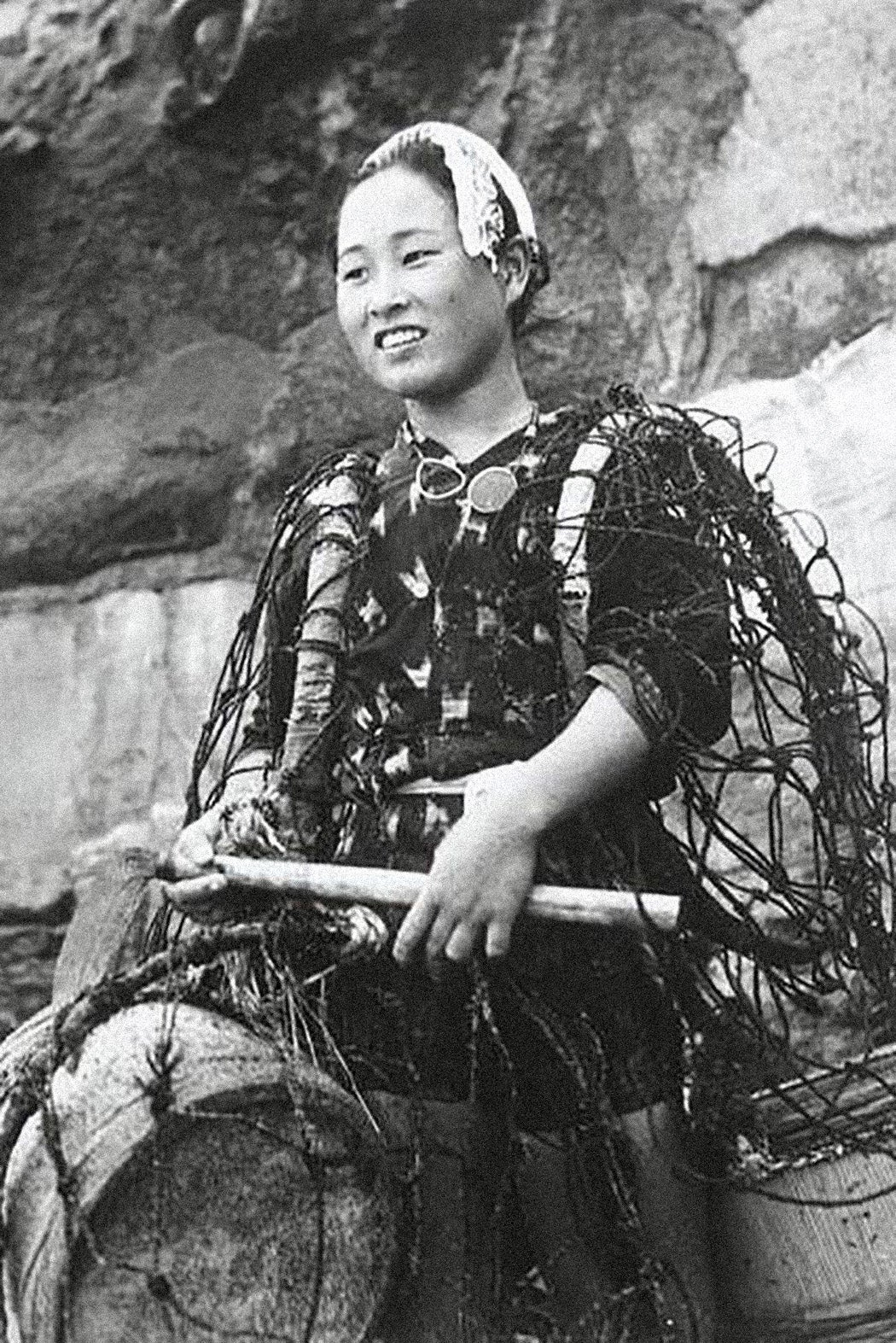
On the ground, however, pearl divers had a degree of agency, even power, in that pearls were difficult to find and harvest, but easy to hide, smuggle, and sell. Thus, worldwide, actors creatively evaded authorities’ efforts to control and regulate pearl diving and the pearl trade. Along the “pearl coast” of Venezuela, for example, “report after report . . . attests [that] enslaved divers escaped frequently, colluded with neighboring Indians as well as foreign corsairs, socialized with non-enslaved residents of the fisheries, and to a large degree controlled the distribution of the pearls they harvested.”
The invention of the cultured pearl
In the late nineteenth century, Kokichi Mikimoto, building on techniques borrowed from his contemporaries, was able to culture spherical pearls suitable for necklaces in what we now know as the Akoya pearl oyster (akoya-gai in Japan), Pinctada martensii. Up to that time, most gem pearls were natural wonders, nature’s way of making the best of a bad situation you might say. In nature, a pearl forms in an oyster, or other mollusk shell, in response to some irritant, perhaps an invasive worm or foreign object. The organism, in a defensive reflex, encapsulates the alien object in layer after layer of smooth nacre, the luminous substance that makes up every pearl. Although Mikimoto was not the first to culture pearls—they had been cultured in China since the thirteenth century with limited success, and also in Japan—he effectively created a mass global market from what was, until that time, a commodity reserved for the rich and the royal. For many years, cultured pearls had been viewed as artificial, a poor imitation, and they were poorly valued. In the early 1920s, Mikimoto was accused of fraud for presuming to call his cultured gems “pearls,” in what became known as “the Paris trial.” In the end he prevailed, gaining a worldwide reputation for his genius.
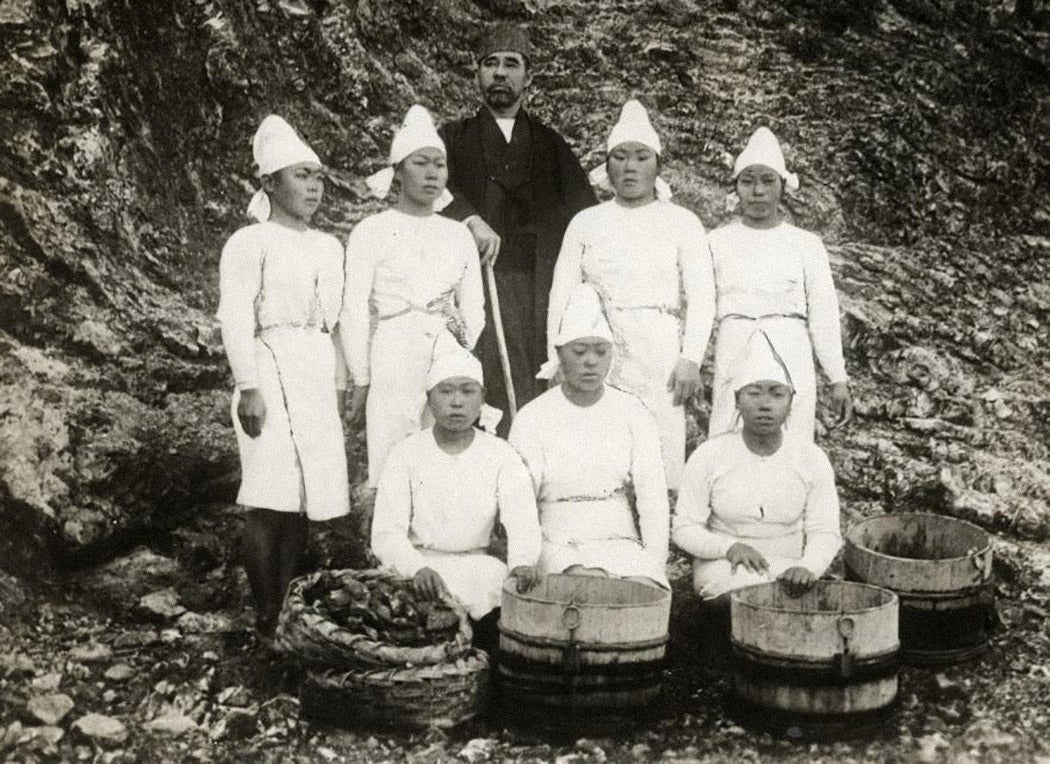
Fast forward a century. My sister and I, each with a child approaching the baccalaureate milestone, agreed it was a shame for our mother’s pearls to languish in their case, unworn and forgotten. The composition and chemistry of pearls means they are best worn next to the skin on a regular basis in order to help them to stay hydrated and preserve their luster. We decided to have Granny’s pearls refashioned into necklaces for our daughters. We sent them to the Mikimoto workshop in New York, where expert restorers restrung them into two strands, painstakingly matching enough new pearls to create the lengths we wanted. Even accounting for the not inconsiderable cost of the extra pearls, as well as another clasp, this plan saved each of us a small fortune compared to the price tag on a brand new strand.
Family heirlooms have a special mystique and romance. They connect us to imaginaries of an (often idealized, but not always) past, and of those who came before. An heirloom is a thing that has started out as a commodity—an object whose value is in the exchange, in the market—but is transformed into something whose value is no longer strictly economic. It is thus enlivened, invested with a biography. Heirlooms are inalienable: They are both material and symbolic. They should not be sold or given away, but kept and transferred from generation to generation within a family group, a lineage, in anthropological terms. In so doing, their value is further enhanced by the very fact of being kept out of circulation, a dynamic that anthropologist Arjun Appadurai calls, “the politics of value.”

Some people choose to refashion heirlooms, as we did my mother’s pearls, rejuvenating precious objects of family identity and stability in order to accommodate evolving personal identities and changing styles (or in our case, the fractal branching of the next generation and the fashion fact that most women today don’t wear the long strands). Meltem Türe and Güliz Ger call family heirlooms “identity anchors: sources of rootedness and embodiments of family identity.” Through storytelling, ritual use and display, and transferring them to eligible heirs, people invest heirlooms with layers of symbolic meaning. “These practices,” say the authors, “ . . . are linked to the heir’s own life trajectory and continuous identity work (e.g., as he or she gets married, divorced, loses cherished relatives, moves from village to city, or faces upward or downward social mobility).” When special keepsakes are given or bequeathed, they become officially irreplaceable, associated with a specific context—a particular time, place, or person. This process is ongoing and reciprocal. For my daughter, not only do Granny’s pearls become a part of her life story, but she of theirs.
The social meaning of pearls
It becomes easy to see that the social meanings of pearls are ever-changing. No longer just for women, pearls are modeled by and marketed to all genders. They grace the necks of those in the highest echelons of political power—previously first ladies, now senators, Supreme Court justices, and even the Vice President. What’s more, they don’t have to be “real” to have real meaning. First Lady Barbara Bush proudly wore an imitation pearl necklace, her style trademark. Cultured pearls are neither cruelty-free nor vegan friendly. Nor are they inexpensive; as an example, an eighteen-inch strand (the most popular length) of cultured pearls from Mikimoto America costs in the neighborhood of $3,500. There are, however, many brands and styles of imitation pearls, some heirloom quality, made from crystal, glass, and other substances, that are reasonably priced and cruelty-free.
Inspired by the impending 2021 inauguration of Vice President Kamala Harris, US Navy veteran Hope Aloaye used Facebook as a platform to exhort women across the country to wear pearls on inauguration day in symbolic celebration of this historic event. In an interview with Good Morning America, Aloaye explained “I equated the pearls to women (because) . . . pearls are every color, shape, size. It doesn’t matter. … I just thought that was a beautiful thing.” In December of 2020, six weeks or so before the inaugural festivities, Aloaye started the Facebook group United by Pearls, where women of all ages, backgrounds, and ethnicities post photos of themselves, their mothers, aunts, daughters, even little babies, draped in these gems.
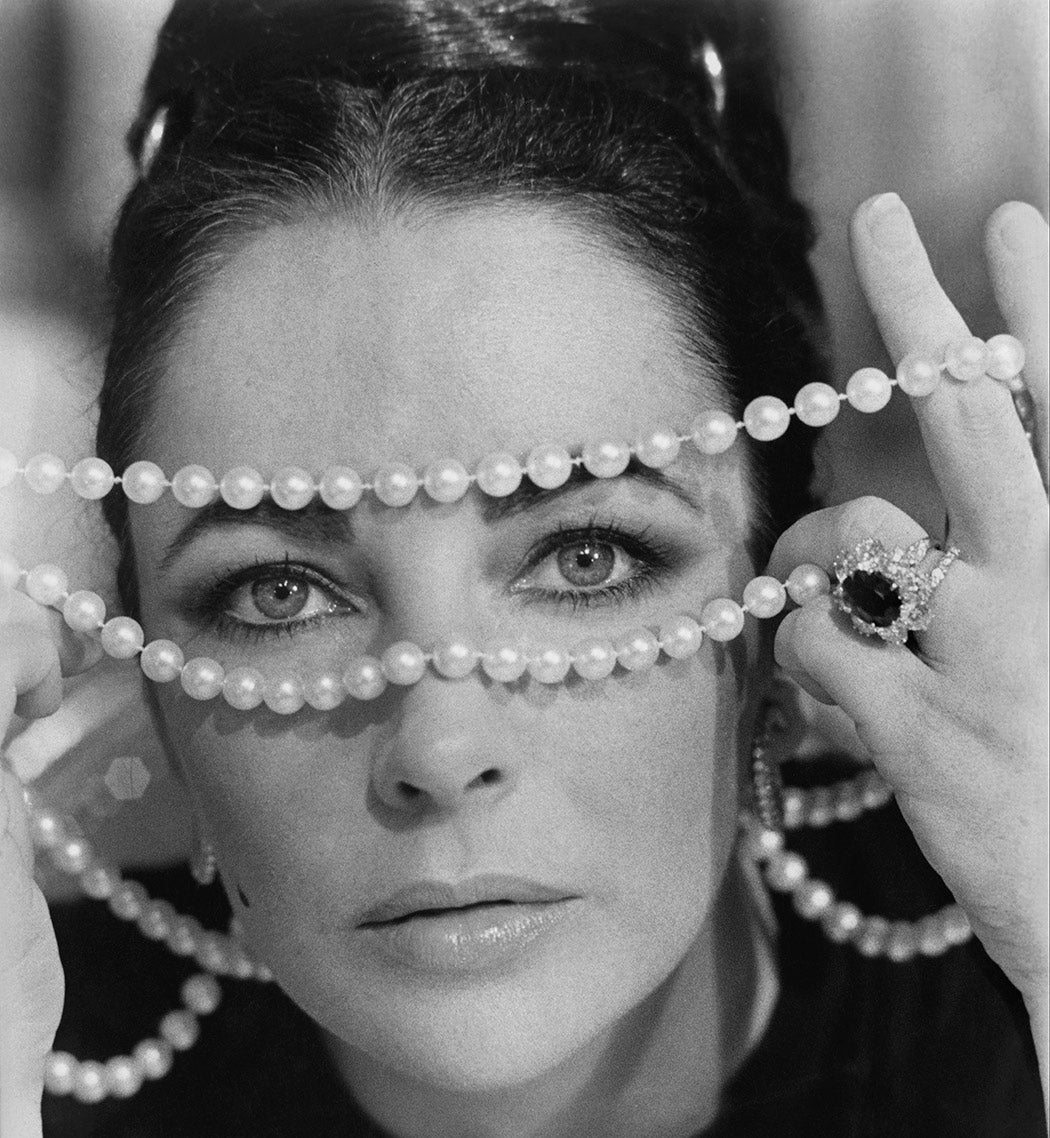
When I asked members of United by Pearls what their pearls mean to them, I detected a notable departure from what they meant to my mother. For her, as for many well-heeled white women, pearls were a badge of inclusion (but into an exclusive space), that is, a space of privilege. Though some members of United by Pearls identified their strands with the traditional vibe of ladylike appropriateness, even conformity, others said they see these jewels as emblematic of diversity and solidarity against oppression. Indeed, wearing them constitutes a form of resistance. This interpretation actively contradicts colonial associations between pearls and rigid hierarchy, as well as late modern, WASPy, proprietary claims to exclusivity. By defiantly wearing their pearls—all colors, all shapes, real, faux, long, short, round, irregular, what have you—and by including all women across all demographics, members of United by Pearls turn that oppressive trope on its head.
Pearls are more about solidarity than distinction. Women and people of marginalized identities wear their pearls to vote, to protest, to watch contested Senate confirmation hearings, to honor departed icons, to get abortions, and generally to remind themselves that the world can be their oyster, too.
